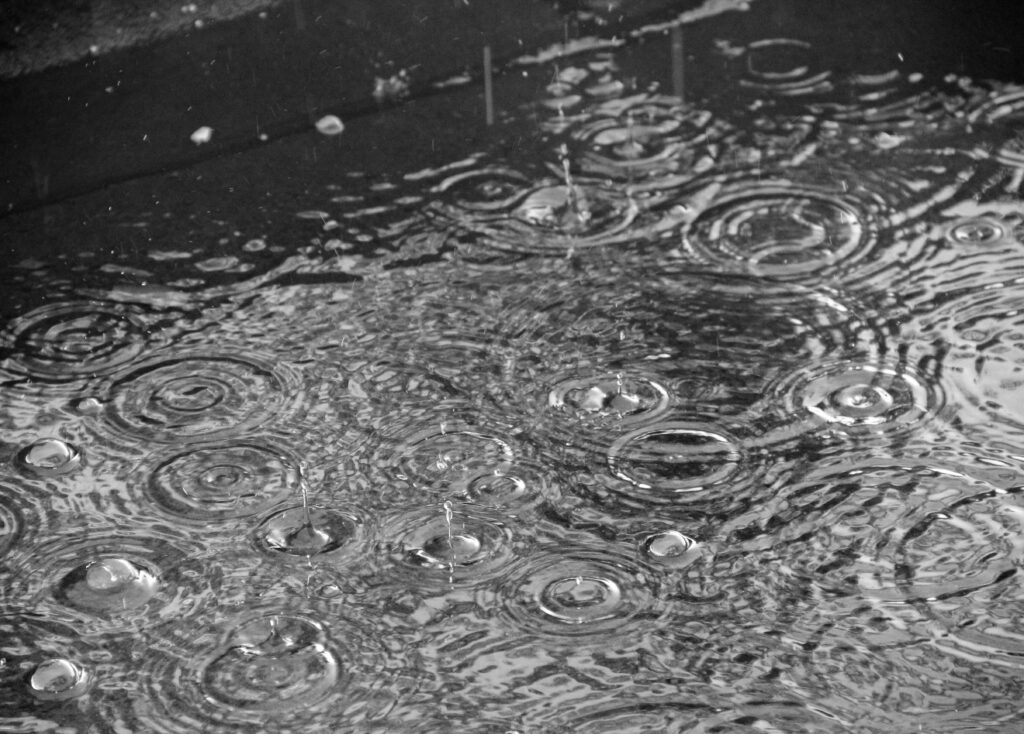In many industries, foam materials are chosen for their ability to seal, cushion, insulate, or protect. In applications where moisture may be present, water absorption is critical. A foam that absorbs too much moisture can lose structural integrity, add unnecessary weight, harbor mold or bacteria, and compromise its performance over time. Understanding the science behind water absorption, the standards used to measure it, and its real-world impact allows engineers, designers, and procurement teams to select foam products that deliver lasting reliability.
What is water absorption in foam?
Water absorption in foam refers to the amount of water the material takes in when exposed to moisture or submerged. The foam’s cell structure influences this property, whether the foam is open-cell or closed-cell:
- Open-Cell Foam: Features interconnected pores that allow air and liquids to move freely. These foams are softer and more flexible, but can absorb significant amounts of water.
- Closed-Cell Foam: Contains sealed, discrete cells that resist water entry. These foams are denser, more rigid, and generally better suited for applications where moisture resistance is important.
Even within closed-cell foams, variations in density, cell wall thickness, and manufacturing quality can affect how well the foam resists water.
Why It Matters
When foam absorbs water, several problems can occur. The foam can lose its insulating capabilities when moisture fills the air gaps, ultimately reducing its thermal efficiency. Adding water can also increase the weight, impacting performance in transportation or buoyancy applications. For foam not designed to withstand repeated wetting and drying cycles, this process can cause the foam to crack, split, or lose elasticity. Finally, moisture creates the perfect growing conditions for mold and mildew, which can lead to additional health and odor concerns. In critical applications, like sealing building joints, insulating HVAC systems, or protecting electrical components, high water absorption can lead to early product failure.
Testing Methods for Water Absorption
To accurately evaluate a foam’s water absorption properties, standardized testing methods are used. These standards determine how much water absorption is appropriate for different contexts, ensuring repeatable results and comparable products. Common test standards include:
- ASTM D1056: The most widely referenced specification for flexible cellular materials. It includes classifications for water absorption performance in closed-cell foams.
- ASTM D3574: A comprehensive test method for flexible cellular urethane, including water absorption measurements.
- ISO 62: Specifies methods for determining the water absorption of plastics, often applied to polymer-based foams.
Typical testing involves sample preparation and standardization, immersion, and water absorption measurement. Results are often reported as a percentage of weight gain relative to the dry sample.
Understanding Ratings and Classifications
For closed-cell foams, ASTM D1056 sets limits for water absorption, typically expressed as maximum volume change or weight gain after immersion. A foam that absorbs less than 5% by volume is considered highly water-resistant.
These classifications help engineers quickly determine if a foam meets the requirements for applications like:
- Exterior weather seals
- Marine equipment padding
- Refrigeration gaskets
- Automotive weatherstripping
The rating system allows side-by-side comparison between materials, making it easier to specify products for environments with varying moisture challenges.
Real-World Impact Across Industries
Water absorption can make or break a foam’s dependability in certain contexts.
Automotive Seals and Gaskets
Weatherstripping around doors, windows, and trunks must resist rain, road spray, and car wash water. A foam that absorbs moisture can rapidly deteriorate with exposure to rain, snow, and the car wash.
Building and Construction
Foam used in window glazing, curtain wall systems, or expansion joints must keep water out while accommodating thermal movement. A high absorption level can compromise seal integrity and lead to widespread building damage.
Marine Environments
In boats, docks, or marine equipment, foams are often exposed to saltwater for long periods. Low-absorption closed-cell foams resist both water ingress and salt-related degradation.
HVAC and Refrigeration
Insulation foams around ducting or refrigeration panels must prevent condensation buildup. Absorbed water reduces insulating performance and can lead to mold growth.
Engineering Foam for Low Water Absorption
Creating foam with low water absorption requires careful material selection and manufacturing precision. Certain materials, like PVC or certain neoprene blends, naturally resist water absorption and may be better than other kinds of foam. A closed-cell foam construction minimizes the amount of water that can enter the foam, reducing the likelihood of leaks or water-related deterioration. Some foam manufacturers may add films or adhesives to further reduce moisture ingress. By controlling these factors, foam manufacturers can tailor products to meet specific performance requirements.
Installation and Maintenance Considerations
Even the best low-absorption foam can fail if not installed correctly. Follow the manufacturer’s instructions, but here are a few tips:
- Proper Compression: Ensures consistent sealing without crushing cells to the point of compromising structure.
- Surface Preparation: Clean, dry, and contaminant-free surfaces help adhesive-backed foams maintain their bond in wet conditions.
- Joint Design: Overlaps, cover strips, or mechanical fasteners can add redundancy to foam seals in high-moisture environments.
- Routine Inspections: Periodic checks can catch damage or wear before moisture intrusion becomes a problem.
Gaska’s Testing and Development Approach
At Gaska Tape, we understand that moisture resistance is an essential part of product reliability. That’s why we test to recognized standards and maintain certified quality systems to ensure consistent, dependable results.
When performance depends on staying dry, foam water absorption is not a minor detail. It’s a design requirement. Contact Gaska Tape to request test data, review ratings, or collaborate on a custom foam solution engineered to excel in your real-world environment.

